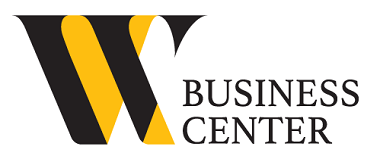On or about November 1 of every year, Americans have the opportunity to purchase health insurance for the coming year. This is known as open enrollment. It typically runs no longer than January 15. The question is why open enrollment even exists. Is it insurance carrier choice or a government mandate?
The answer is actually both. Government health insurance programs including Medicare, Medicaid, and Affordable Care Act (ACA) exchange plans are subject to a federally mandated open enrollment period. The companies that administer such plans have no other choice but to limit enrollment to certain times of the year.
Private health insurance is under no such mandates. According to Benefit Mall.com, insurance carriers can choose their own open enrollment periods or allow subscribers to enroll at any point throughout the year. Despite having such freedom, open enrollment is universal in the private health insurance world.
Why Open Enrollment Is a Thing
With tens of millions of people covered by health insurance of some sort, it makes sense that administering it all is a huge challenge. And yet there are arguably just as many people with auto insurance. Why aren’t auto policies offered in the same way?
It turns out that health insurance and car insurance are not even in the same league. One could make the case that health insurance isn’t really insurance at all. Rather, it is an intermediary payment system. That aside, BenefitMall says there are four reasons insurance carriers insist on open enrollment:
1. To Prevent Adverse Selections
Insurance companies need to limit their financial risks. One of the ways to do so is to prevent adverse selections through open enrollment. An adverse selection occurs when one party has more information than the other, giving the first party an advantage. An example would be a worker knowing of an upcoming surgery enrolling in a health plan when he otherwise would not have. Doing so costs the insurance company considerably.
2. To Encourage Enrollment When Healthy
Similar to adverse selection is the scenario of a worker not enrolling in health insurance until they actually become ill or suffers injury. Insurance carriers need healthy people to buy insurance or the entire system collapses. Open enrollment is designed to facilitate that.
3. To Minimize Administrative Costs
Signing up millions of people becomes a costly administrative nightmare if not properly managed. Administration is easier and less expensive when enrollment is confined to a short period of time.
4. For Rate Setting Purposes
Insurance carriers look to set their rates for the coming year before the year actually starts. In order to estimate with some measure of accuracy, they need to know how many subscribers they will have. Limiting enrollment to a small window of just a couple of weeks makes it possible.
Where It All Started
It is not clear where open enrollment got its start. History suggests that it probably dates to the burgeoning health insurance market of the postwar era. Carriers experienced an incredible influx in health insurance subscribers during the 1950s and 60s to the extent that keeping up with benefits started to become a fiduciary problem.
That is not to say that open enrollment was a requirement of all insurance carriers. That didn’t come into play until the HMO act in the 1970s. When HMOs became the norm, open enrollment was cemented. It is now part of the American culture.
Open enrollment is a choice among private insurance carriers. It is a federal mandate for Medicare, Medicaid, and ACA plans. One way or the other, purchasing health insurance outside of open enrollment is a challenge.

